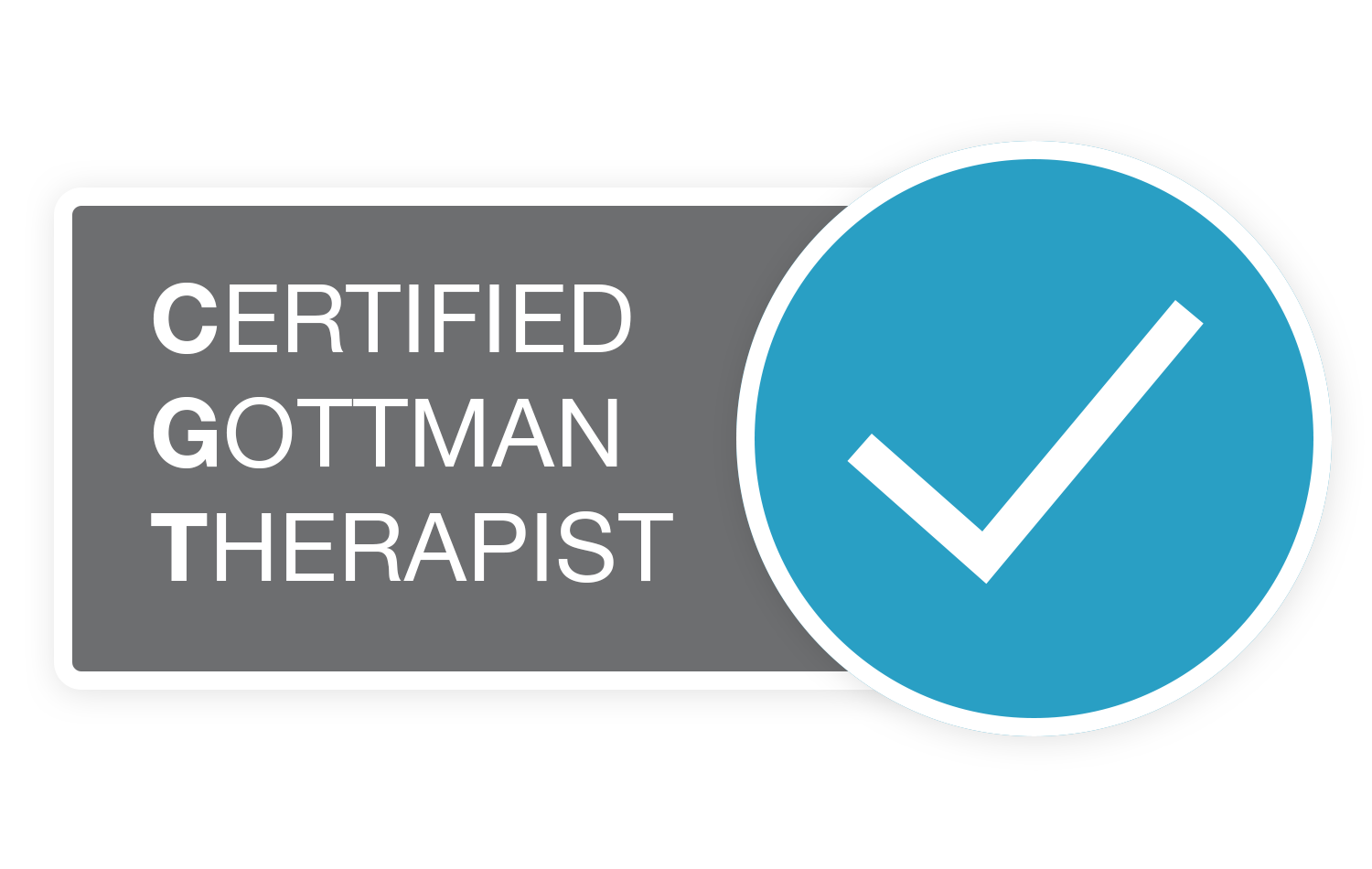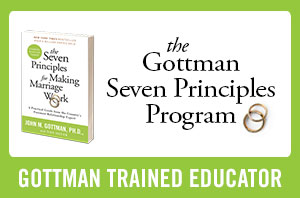Latest Blog Posts
 Cognitive Reappraisal Fatigue and Constant “Positive Reframing”December 8, 2025 - 9:00 am
Cognitive Reappraisal Fatigue and Constant “Positive Reframing”December 8, 2025 - 9:00 am Coping Strategies When Your Job Misaligns with Your ValuesDecember 2, 2025 - 4:27 pm
Coping Strategies When Your Job Misaligns with Your ValuesDecember 2, 2025 - 4:27 pm Breaking Free from Comparison: How to Stop Measuring Yourself Against OthersNovember 25, 2025 - 3:35 pm
Breaking Free from Comparison: How to Stop Measuring Yourself Against OthersNovember 25, 2025 - 3:35 pm How to Support a Grieving Partner When You’re Also GrievingNovember 19, 2025 - 11:09 am
How to Support a Grieving Partner When You’re Also GrievingNovember 19, 2025 - 11:09 am The Science of Emotional ContagionNovember 18, 2025 - 1:51 pm
The Science of Emotional ContagionNovember 18, 2025 - 1:51 pm
410 S. Michigan Ave. Suite 928
Cancellation Policy
Please note that we require a 24-hour notice if you decide to cancel your appointment. Call or email to cancel or reschedule at least 24 hours before your scheduled appointment in order to avoid charges. We will do our best to accommodate you and appreciate your cooperation. Thank you.



Mental Health Implications of Non-Traditional Career Paths for Teens and Young Adults
/in Life Outside the OfficeA non-traditional career can offer freedom and creativity, but also brings unique mental health challenges that need to be addressed.
The Concept of Languishing: When You’re Not Depressed, But Failing to Thrive
/in Individual TherapyMaintaining Friendships During Mental Health Struggles
/in Life Outside the OfficeMaintaining friendships can be a tall order when your mental health is struggling. Here are some ways to approach it.
Acedia: An Ancient Term for Existential Emptiness
/in Life Outside the OfficeAcedia describes a profound sense of detachment, or a lack of purpose or connection. Here’s what you should know.
What is Complex PTSD (C-PTSD) and How Does It Differ from PTSD?
/in Individual TherapyComplex PTSD develops in response to chronic, prolonged exposure to trauma, often during childhood. Here’s how it differs from PTSD.
Should I Fire My Therapist? How to Evaluate Therapist Fit
/in Individual TherapyIf you’re wondering if it’s time to fire your therapist, here are some things to consider about evaluating your therapist fit.
How to Talk to Your Teen About Therapy Without Making It a Big Deal
/in Individual TherapyHere’s how to talk to your teen about therapy without making it a big deal, but still showing care, support, and understanding.
The Imaginary Conversations in Your Head Known as Jouska
/in Life Outside the OfficeIf you’ve had an imaginary conversation in your head, you have experienced what’s known as jouska. Here’s what you should know about it.
How Your Environment Affects Your Mental Health
/in Life Outside the OfficeBeing aware of how your environment affects your mental health can make it easier to create spaces that support rest and healing.
Helping Teens Cope with the Fear of Missing Out (FOMO)
/in Life Outside the OfficeFear of missing out, or FOMO, can affect a young person’s self-esteem, mental health, and relationships. Here’s how to help.